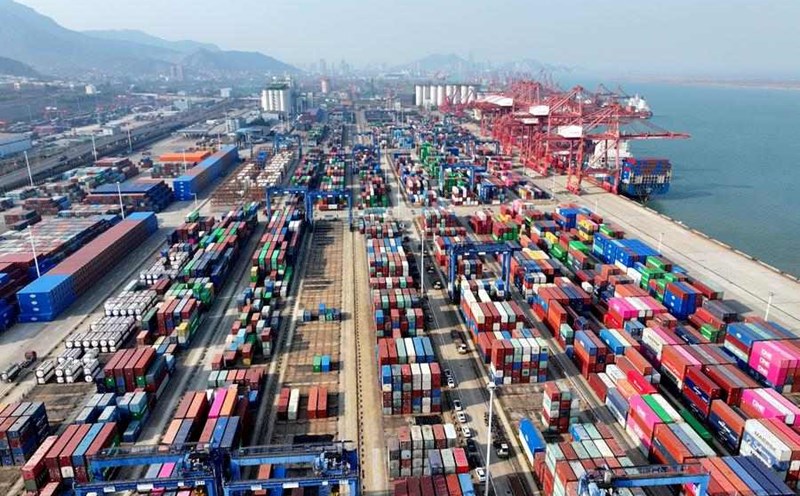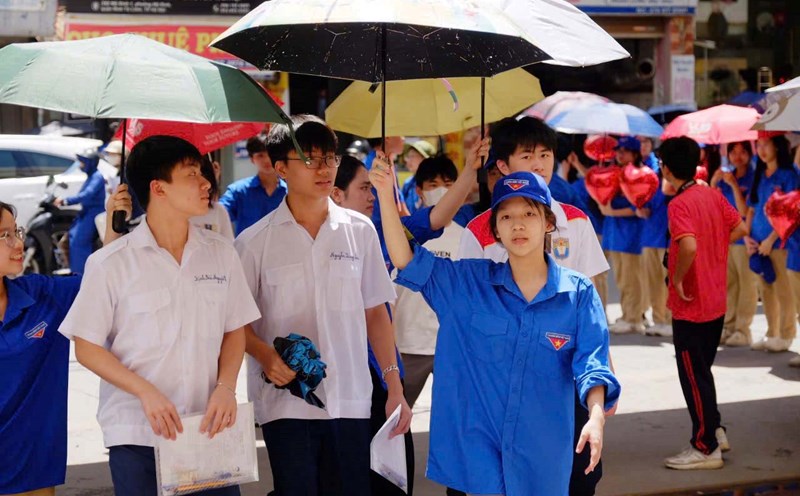Xinhua News Agency reported that the event was announced at a special online meeting of China's ASEAN-China Ministers of Economy and Trade on May 20.
According to the Chinese Ministry of Commerce, CAFTA 3.0 will be a strong signal supporting free trade and open cooperation, while creating new momentum for the recovery and growth of the global economy. The upgrade agreement is expected to be officially signed before the end of 2025.
Established in 2010, CAFTA is the world's largest free trade zone between developing countries. version 2.0 was signed in 2015 and took effect from 2019, laying the foundation for trade in goods, services and investment between the two sides. However, with CAFTA 3.0, the scope and depth of cooperation are significantly expanded, especially in the context of technology and green transformation shaping a new economic order.
The new agreement will add nine new chapters, including digital economy, green economy and supply chain linkage - three pillars that are considered strategic in the post-pandemic and climate change era.
Professor Zhang Xiaojun - Vice President of the Southwest University of Law and Political Science - emphasized that the rules of supply chain connection in CAFTA 3.0 are a new milestone in China-ASEAN economic cooperation.
These rules will promote the flow of essential goods and services, while enhancing infrastructure linkages between countries in the region. Not only optimizing cross-border production flows, CAFTA 3.0 also provides an institutional foundation to build a safe, stable and flexible supply chain, said Mr. Zhang.
Another area expected to benefit strongly is the digital economy. According to Associate Professor Chen Zhe, School of International Law, Tay Nam University of Law and Political Science, integrating the digital economy into CAFTA 3.0 will help narrow the digital gap between China and ASEAN countries, paving the way for deeper integration in the future.
China has experience in developing digital infrastructure, thereby supporting ASEAN in terms of capital, technology and implementation capacity, especially beneficial for small and medium enterprises, said Mr. Chen.
China and ASEAN have been each other's largest trading partners for 5 consecutive years until 2024. Two-way trade turnover has increased from under 8 billion USD in 1991 to nearly 1,000 billion USD in 2024. In just the first 4 months of 2025, bilateral trade reached more than 330 billion USD, up 9.2% over the same period last year.
According to Professor Feng Gui of the University of Finance and Economics of the West, CAFTA 3.0 is not only an enhancement of economic and trade cooperation but also a strategic step when the region is facing trade barriers and separating the global supply chain. CAFTA represents South-South cooperation, where developing countries work together to build common standards, promote fairness and mutual benefit, Mr. Feng analyzed.
ASEAN Secretary General Kao Kim Hourn commented that the CAFTA upgrade agreement will create a solid foundation for the two sides to continue promoting cooperation in areas such as smart manufacturing, regional connectivity and green transformation - towards a sustainable and deeper integration Asia.











